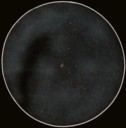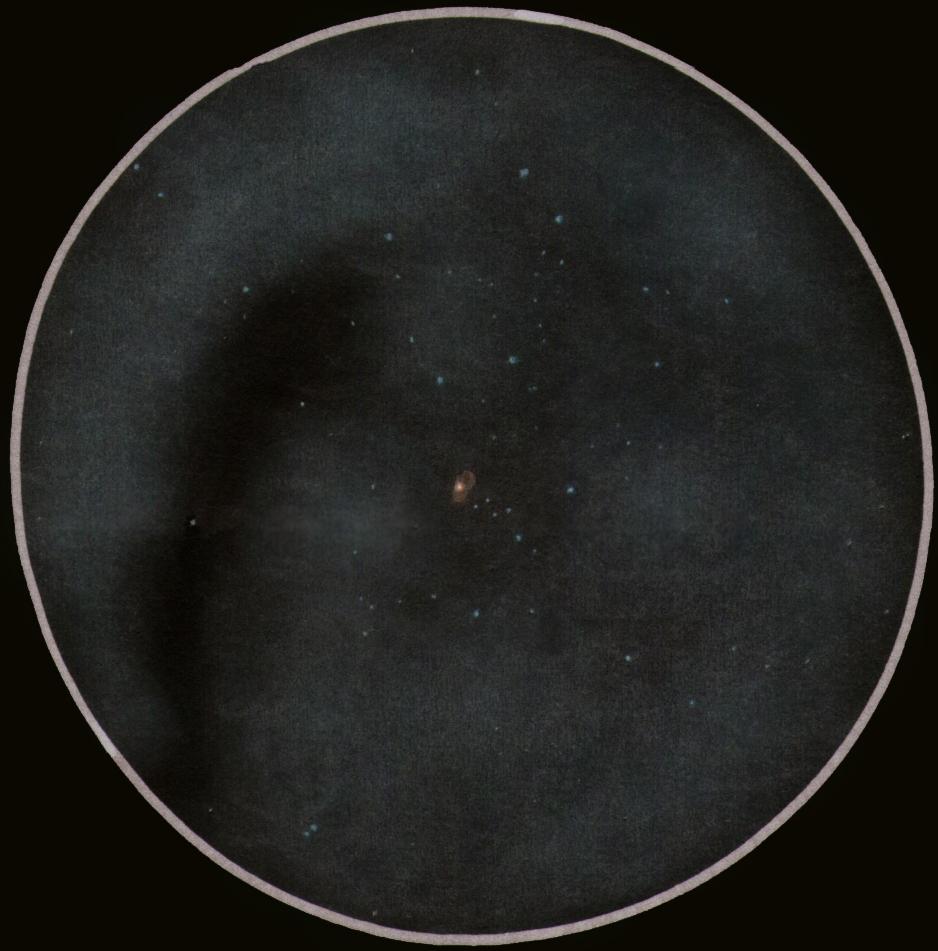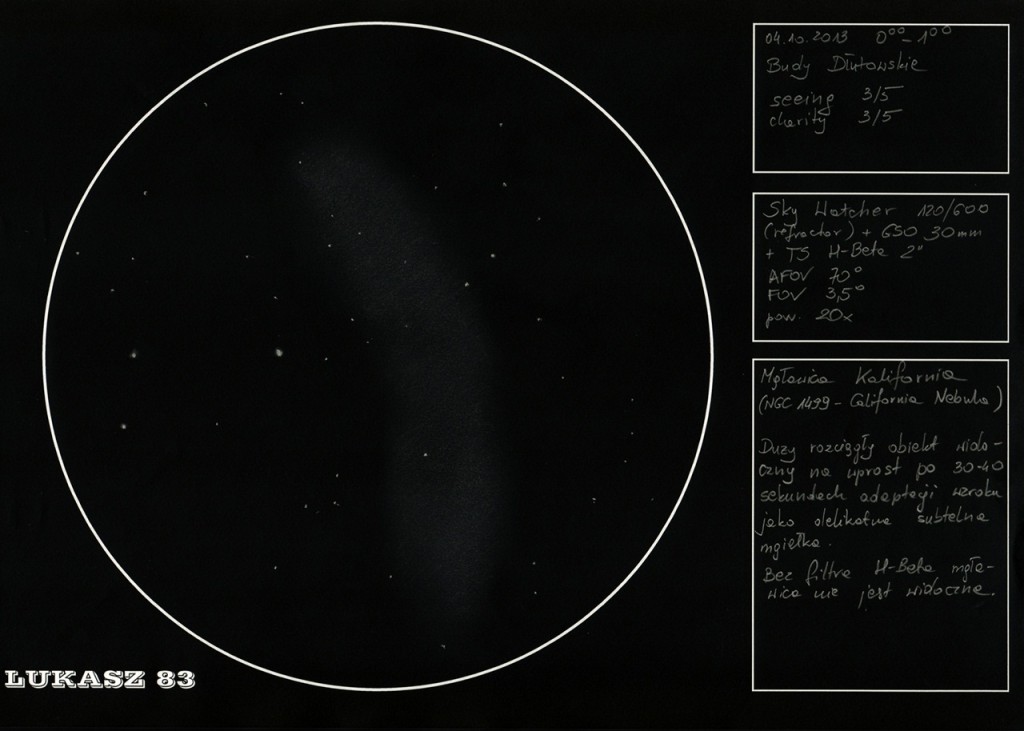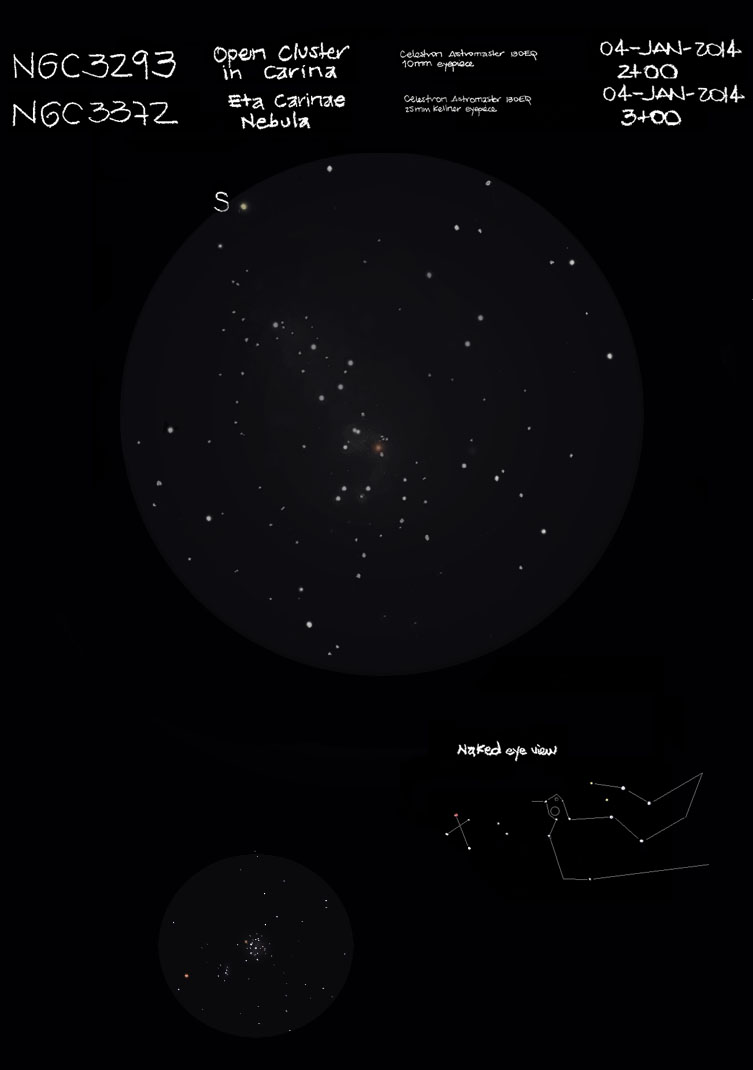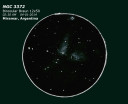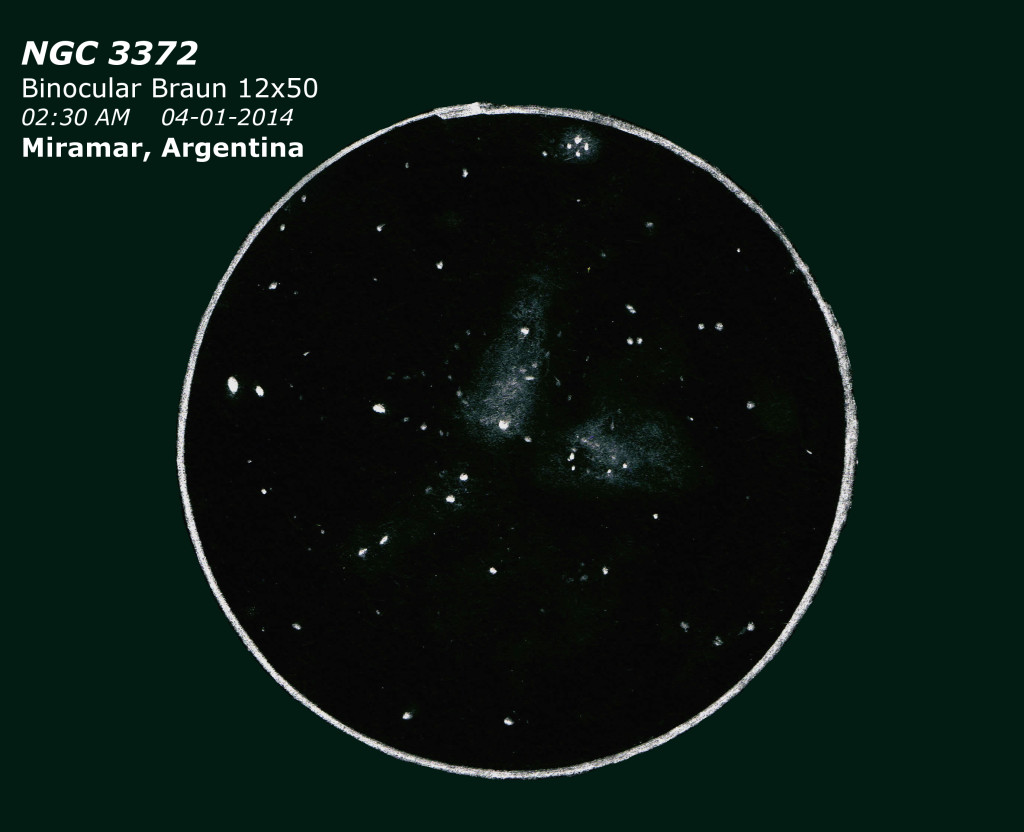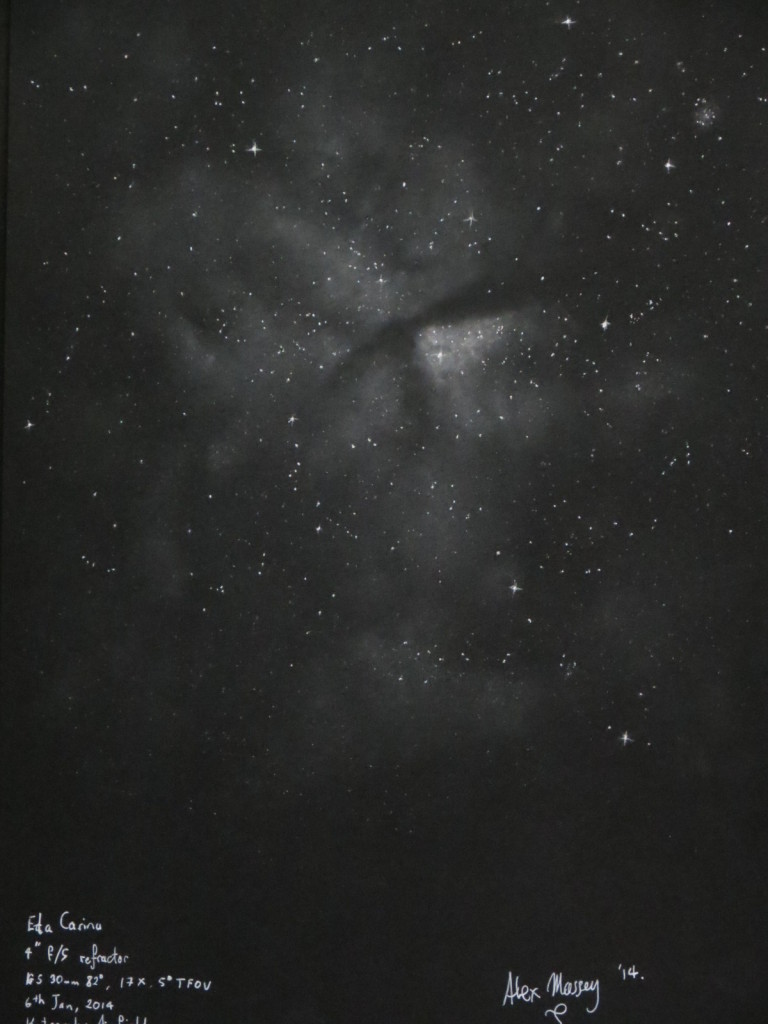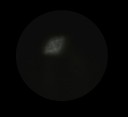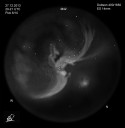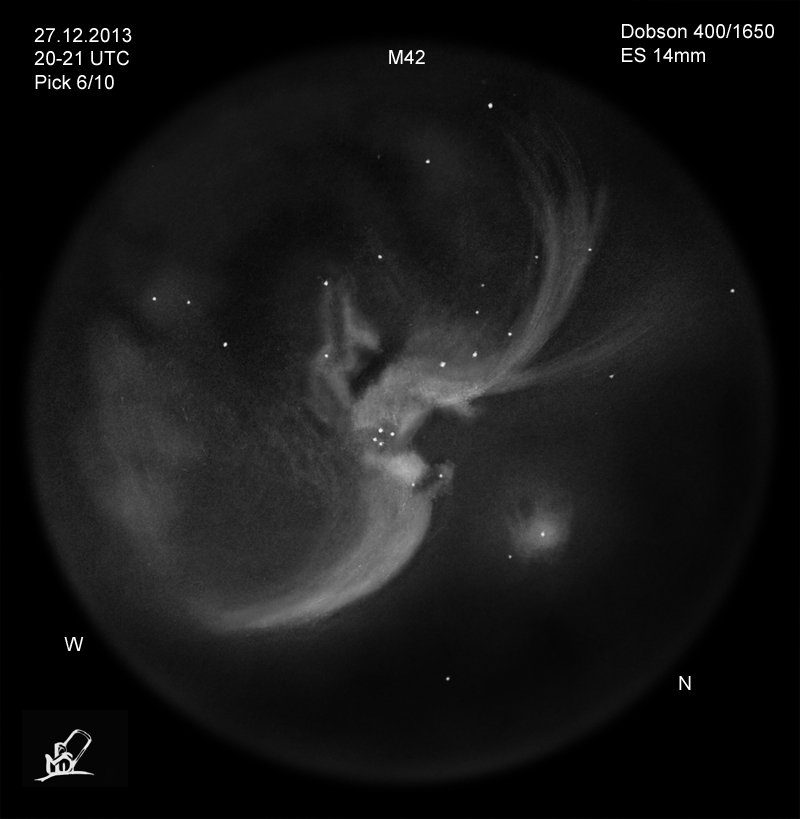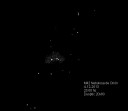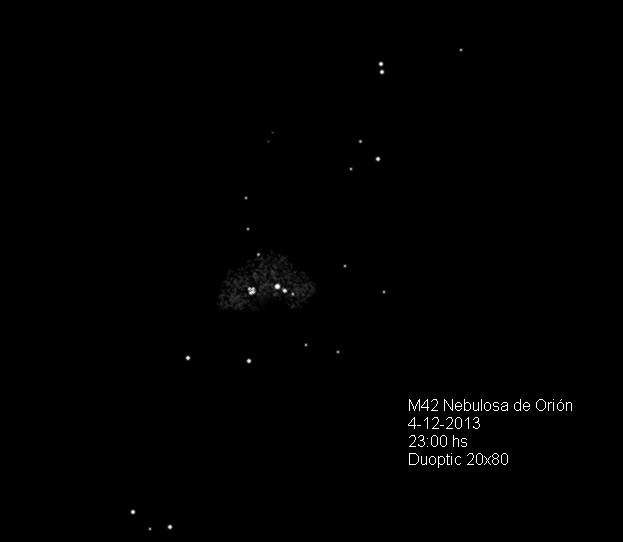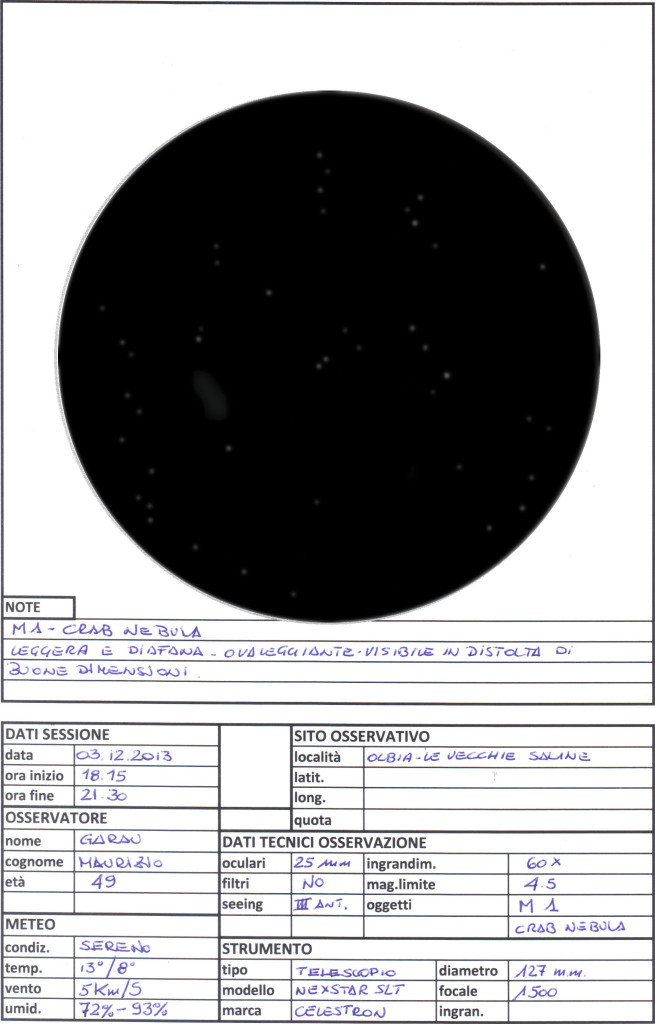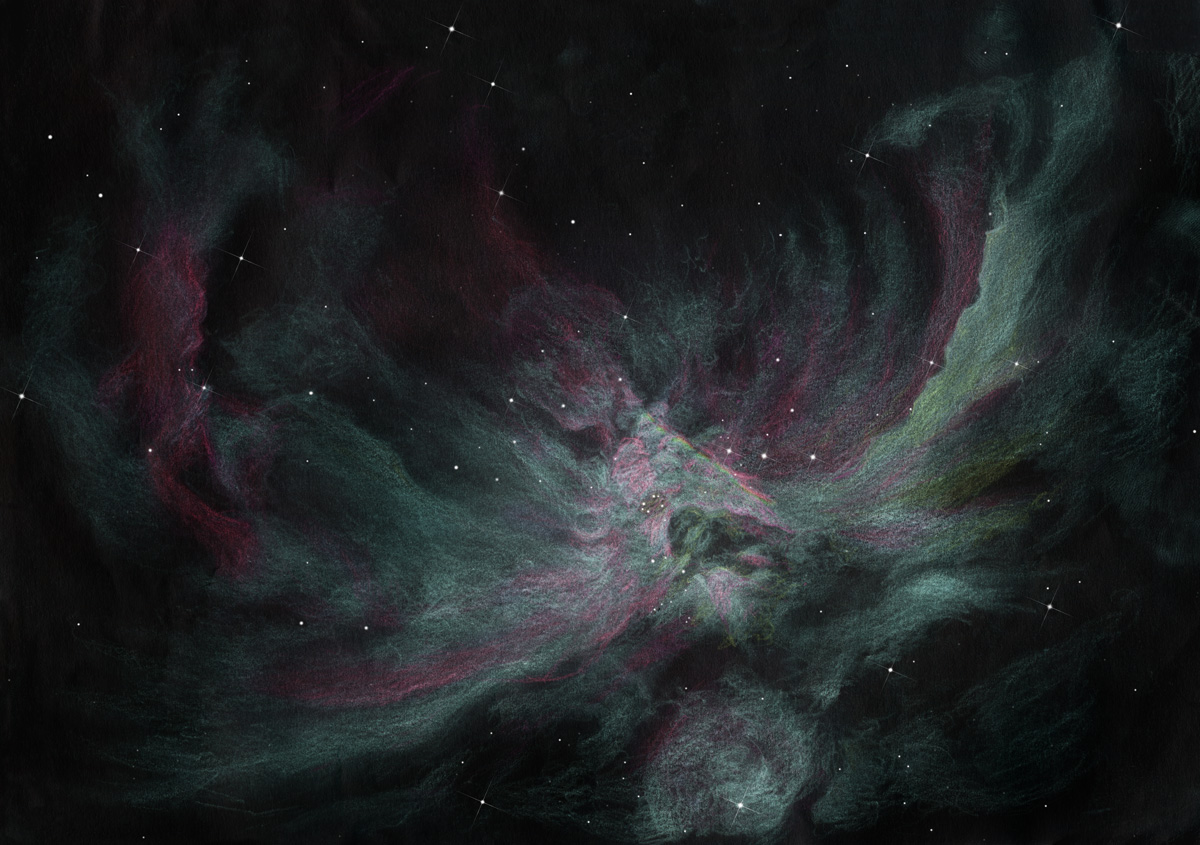
Bonjour,
Un dessin de M42 réalisé sur 2 nuits (7h d’observation) au T400 en Nouvelle Calédonie. Tous les grossissements ont été utilisés, mais principalement 300x. Ciel perfectible avec des passages nuageux génants.
C’est un dessin original format A4, en négatif couleur sur un champ préétoilé, colorisé L, V(OIII), R(H-béta) , reprise des étoiles sous photoshop.
J’en profite pour rappeler la sortie de notre ouvrage commun
“ASTRODESSIN, Observation & dessins en astronomie”
http://www.astrodessin.com/
Serge
PS : désolé pour la langue anglaise !
[English Translation via Google Translate]
Hello,
A drawing of M42 performed on two nights (7am observation) at T400 in New Caledonia. All magnifications were used, but mainly 300x. Perfectible troublesome sky with clouds.
This is an original drawing A4 format color negative on a préétoilé field colorized L, V (OIII), R (H-beta), resumption of stars in photoshop.
I want to remind the release of our joint work
“ASTRODESSIN, Observation & drawings astronomy”
http://www.astrodessin.com/
Serge

